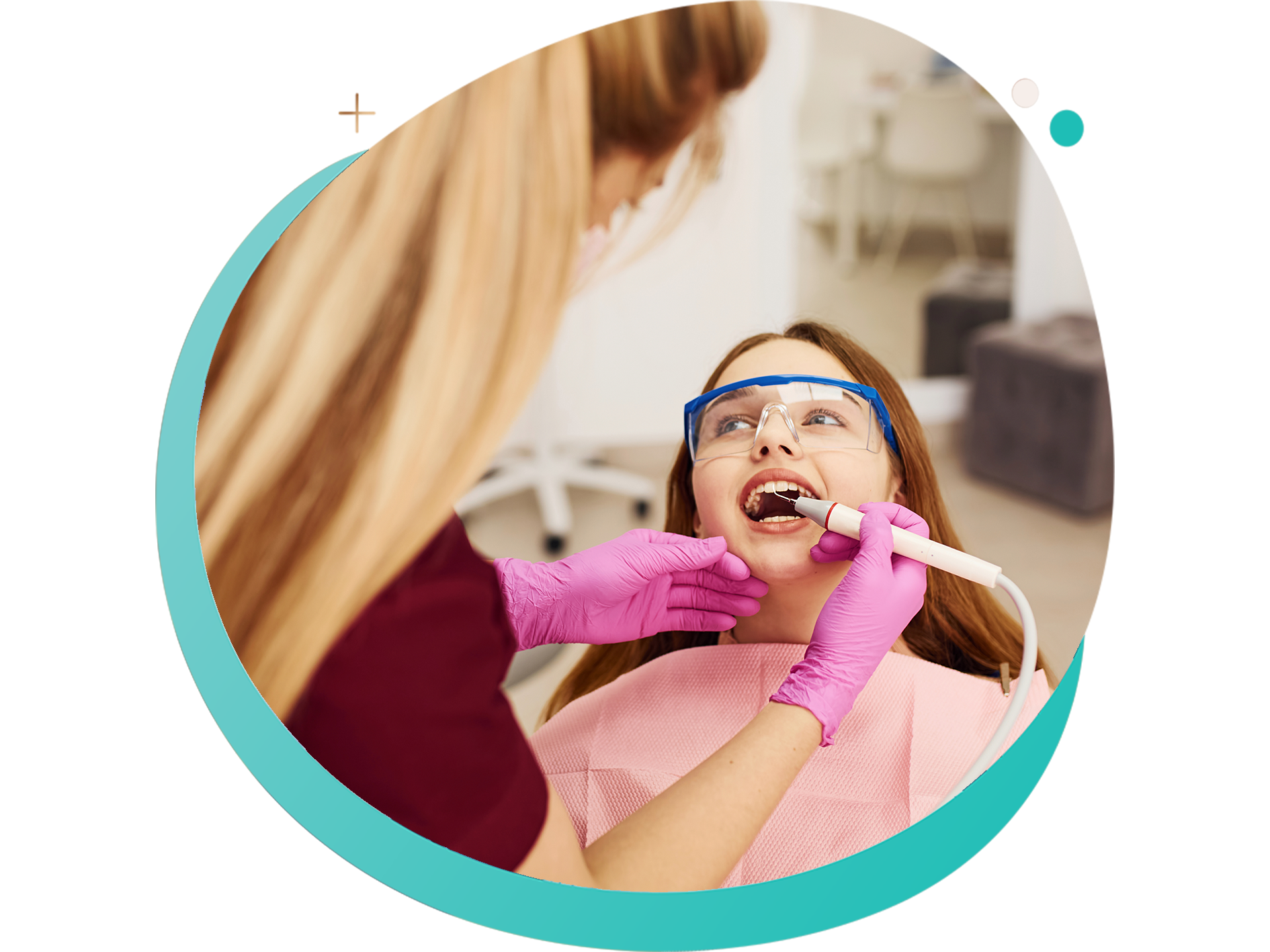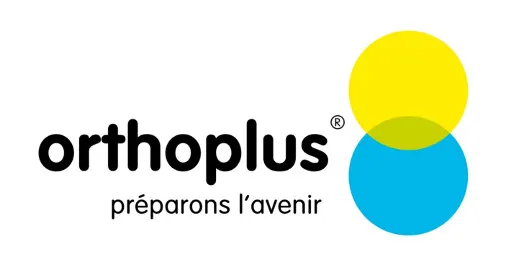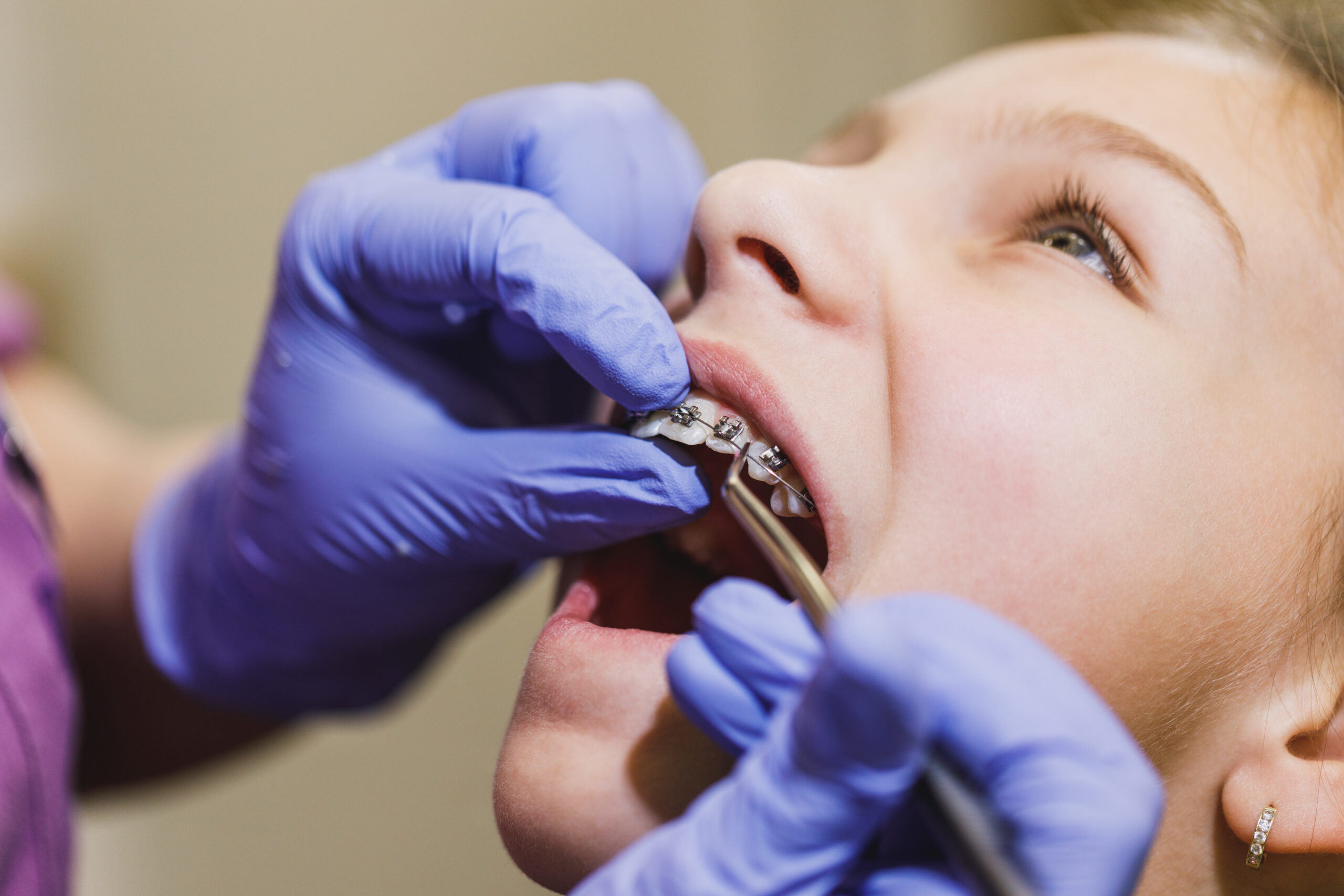Child dentist
Our Philosophy
Effective treatment in children can only take place in an atmosphere of trust. Having a particular interest in the care of children in the practice, Doctor Déborah Phillips is committed to caring for them in a good mood and in the most gentle way possible. She is convinced that a traumatized child will be an anxious adult who will run away from the dentist. By practicing medical hypnosis, she knows how to manage children’s anxiety and fear.
Tailor-made treatments
Prevention
A fun setting

When should your child see a dentist?
There are many reasons for visiting a children’s dentist. Signs such as irritated gums that bleed when brushing can indicate the presence of dental plaque and, therefore, cause cavities. If your child experiences sensitivity to hot, cold, or sweet temperatures, this can also be a sign of cavities.
Remember that children do not always verbalize their dental pain. If you notice that your child only chews with one part of their mouth, has difficulty feeding, or refuses to brush their teeth, this could be a sign of dental pain.
Detecting cavities early on is crucial for easier and less invasive treatment. A word of advice: regularly inspect your child’s mouth and consult a dentist if you notice blackheads on the teeth.
Why consult regularly?
Dental problems detected at an early stage are easier to treat. Your child’s dental health is important and they should learn good oral hygiene and eating habits from an early age. Get into the habit of seeing a dentist every six months to maintain your child’s dental health.
Our four rules for good dental hygiene
Help your child brush their teeth properly!
Watch the snacking!
Never share your spoon, glass, or toothbrush with your child!
Visits every 6 months to the children's dentist are recommended from the age of 2 years.

Functional Education in Children
Preventive treatment in young children is possible. DOES YOUR CHILD SUCK HIS THMB? Breathe through your mouth? Has restless sleep? Paces his tongue between his teeth when swallowing? He may be suffering from brething, swallowing, posture or chewing dysfunction. A solution exists for these situations. This service will soon be available in our clinic.


Growth and bad habits
The establishment of a harmonious growth is an essential element to avoid any deformations of the jaws and / or dental malpositions. However, children often develop bad habits, such as thumb sucking, pacifier sucking, persistent infant swallowing, mouth breathing or poor chewing.
All of these factors disrupt growth and create dental crowding. This is why it is important to take the problem into account as soon as possible.
What is Functional Education?
Soft tissue dysfunctions (lip, cheek and tongue muscles), mouth breathing, tongue postures, atypical swallowing and other bad habits can cause or aggravate poor development of the dental arches and face.
Soft tissue determines dental positions and must be supported along with any brace treatment.
Research has shown that tongue and lip pressure determine the position of teeth in the dental corridor.
Facial growth is therefore influenced by the functions of the soft tissues: tongue, cheeks.

Why Functional Education?
- The objective of Functional Education devices is to restore balance in the dental corridor.
- They help correct bad breathing and swallowing habits in children and adolescents.
- They make it possible to reduce the treatment time for multi-band fittings.
- They prevent recurrences following the wearing of a multi-band appliance.
The port of the device
For a good success of the treatment, it is important to wear it as regularly and as often as possible. Wearing the device is at least 2 hours a day in split sequences (watching television, doing homework, playing on the console) and all night. Motivation is crucial for the child as well as for the parents.
The duration of treatment
From an early age, monitoring is established until the establishment of adult teeth with spaced visits.



